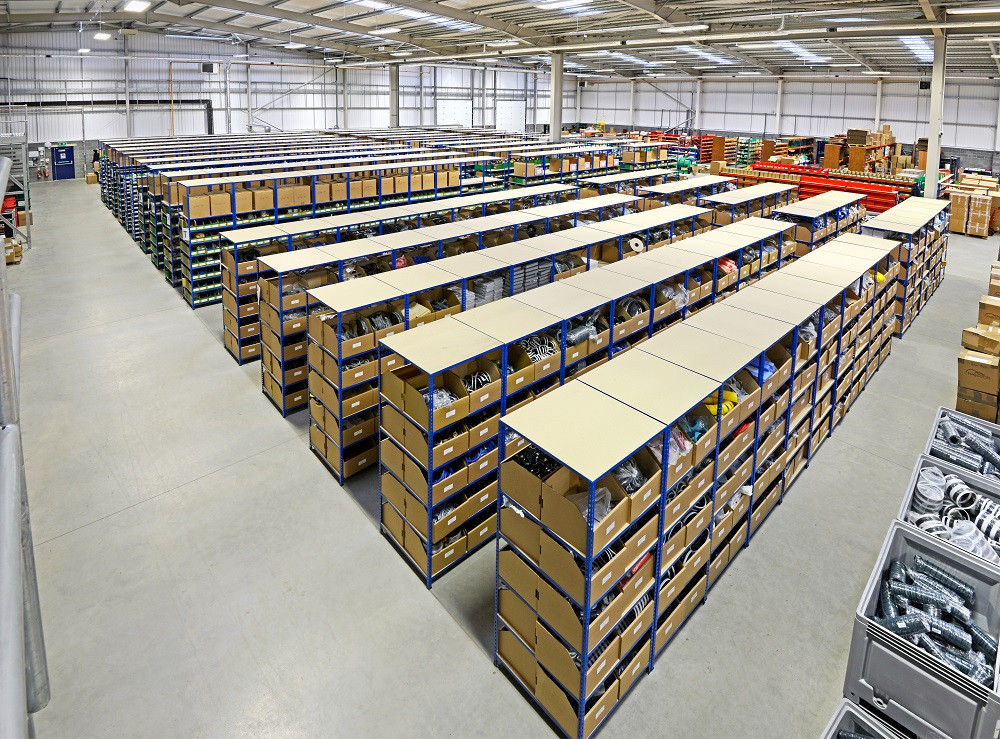Many industries worldwide, will have experienced a certain degree of strain on their supply chain brought on by lockdown. However, with supply and demand still existing for some products and services, many businesses have managed to remain somewhat operational.
However, during periods of extreme volatility when supply and demand can shift drastically, procuring supplies can become almost impossible and can seem to ground to a halt. This can be a problem for some as many businesses in the UK rely on fast and efficient supply chains which are highly integrated and often operate cross-border.

According to a report by Supply Management Insider, four major sectors account for almost 75 per cent of businesses—services, retail, financial services, and manufacturing and construction with the latter hit hardest by the pandemic. Shipping data reveals a focus on the needs of healthcare services, ranging from medical supplies specifically, electronics, and plastics for personal protective equipment (PPE). In the meantime, demand for fashion, vehicles, and furnishings has fallen significantly.
Any supply chain is as good as its weakest link, with companies having to evolve and adapt quickly to survive the current situation. Here, we look at lessons learnt from the lockdown crisis and how to implement preventative measures for the future. Only last year the thought of suffering a pandemic was small, however now it’s certainly proven that this is a lot more important to consider.
Location, location, location
It’s important to map locations of your suppliers, documenting where they are and what sort of risks are associated with them. For example, even before lockdown, automotive manufacturer BMW proactively maps high-risk locations of suppliers, taking into consideration factors like areas vulnerable to floods, earthquakes, and wildfire zones.
Similarly, having second sources for backup supply capacity, production, and distribution outages helps to spread the risk of disruption across more than one source, given the situation doesn’t affect your backup choice. Choosing a second source outside the region of your primary supplier’s region will help lower risk and provide probability of being able to incur the resources you need. Although this will result in higher administrative, quality monitoring, and unit costs, it will help facilitate procurement and ensure you can operate “business as usual”.
Map your suppliers and indirect suppliers several tiers back so you’ve got complete transparency to respond effectively when a crisis hits your supply chain.
Local contacts
You should maintain a healthy level of scepticism in the early stages of disasters as accurate information becomes a rare commodity, particularly as world leaders are incentivised to keep the population calm and to avoid panic that could disrupt communities and businesses. Because of this, reports can be somewhat rose-tinted, so it’s reasonable to expect the unexpected. Local people can be extremely valuable and reliable sources of information of what is really going on—so try to maintain local contacts.
Information is power
One thing that businesses have an abundance of is data—so make use of it. According to market intelligence company IDC, the ‘global datasphere’ was 18 zettabytes in 2018, with predictions that the amount of global data will reach 175 zettabytes in the next five years. Making sure you can interpret and understand your data accurately will allow you to make business-based decisions to minimise risk when procuring difficult supplies and will also identify new opportunities for new revenue streams in the meantime.
Monitor your machinery and assets closely
Although you should already be ensuring your machinery and equipment is in tip-top condition and monitoring anything that might look peculiar or out of the ordinary, during the current period, it’s important that this is a priority. In the event that you need to procure something specific to keep your operations running smoothly and uninterrupted, you’ll need to make sure you can procure it without delays or disruptions. For example, in the case of the repair and maintenance of hydraulic and pneumatic applications, you may need replacement seals and cylinder parts, to prevent any downtime of essential services.
Supply chains have certainly been put to the test over the last few months, but with planning and preparation, risk should be reduced and operations should continue.
Sources
https://hbr.org/2020/02/prepare-your-supply-chain-for-coronavirus



